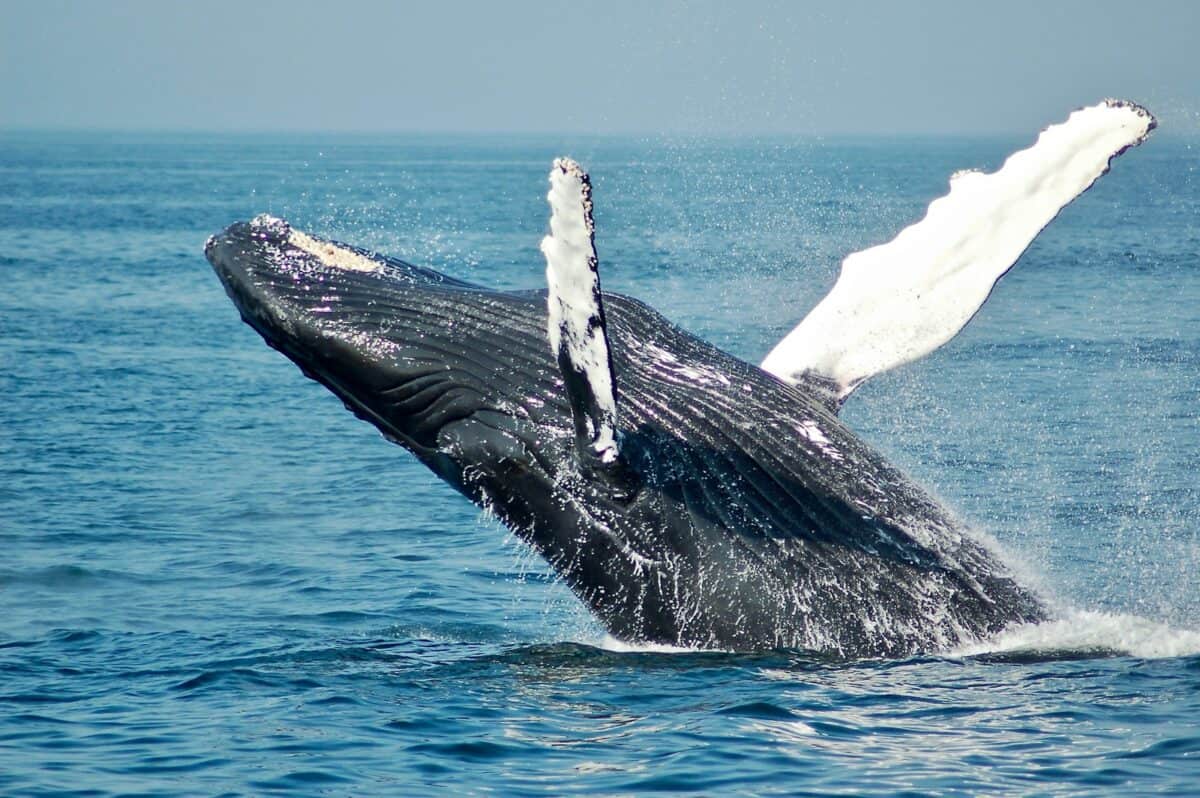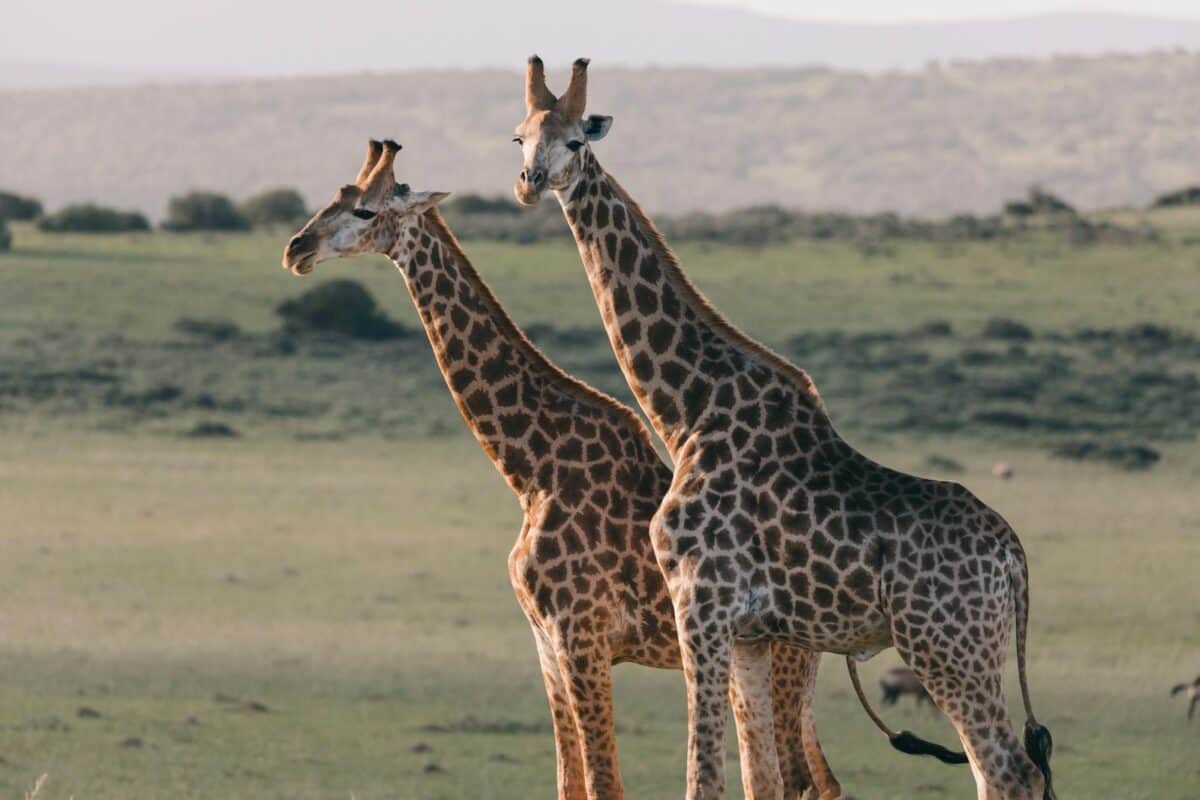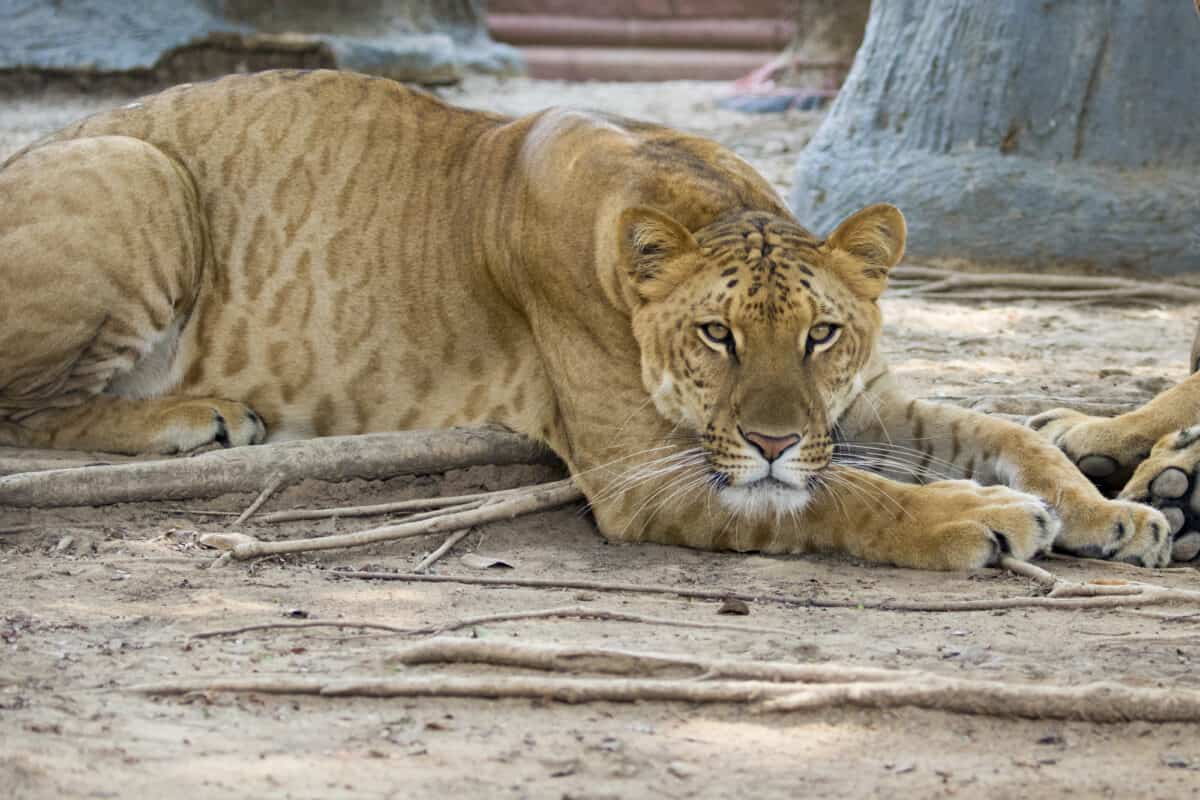When we think of animals, we might imagine our pets or the wildlife seen on a nature hike. However, the animal kingdom is bursting with surprises, not least is the sheer size of some of its members. From colossal mammals to gigantic marine creatures, these animals defy our perceptions and spark an innate sense of wonder. Here, we unveil 12 animals so large, it’s almost unbelievable they exist.
Blue Whale

The blue whale holds the record as the largest animal to have ever existed on Earth. Reaching lengths of up to 100 feet and weights of around 200 tons, these marine mammals dwarf anything on land or sea. Primarily inhabiting the oceans, their immense size is matched only by their gentle nature, feeding almost exclusively on small krill. Conservation efforts are in place to protect these majestic giants from threats such as ship strikes and entanglement in fishing gear.
African Elephant

The African elephant, reigning as the largest land animal, commands respect with its remarkable size, reaching heights up to 13 feet at the shoulder and weighing up to 14,000 pounds. Known for their intelligence and strong social bonds, these herbivores roam the savannas and forests of Africa. Their size and tusks, which are often targeted by poachers, make them vulnerable, underscoring the importance of conservation initiatives.
Saltwater Crocodile

The saltwater crocodile is the largest of all living reptiles, often growing over 20 feet long and weighing over a ton. Found in the saltwater habitats and river mouths of Southeast Asia and northern Australia, these formidable predators are both powerful swimmers and fearsome hunters. Despite their intimidating reputation, saltwater crocodiles are a crucial part of their ecosystems, maintaining the balance of their aquatic environments.
Giraffe

Famous for their long necks, giraffes are the tallest mammals, standing up to 18 feet tall. These gentle giants primarily inhabit the savannas and open woodlands of Africa, where their height gives them access to leaves high up in trees that are unreachable by other herbivores. Giraffes play a vital role in their ecosystem, promoting plant diversity and providing food for predators.
Colossal Squid

The colossal squid, measuring up to 46 feet long, is a deep-sea mystery rarely seen by humans. Yet, its incredible size and the massive eyes—larger than any other animal—are adaptations to its dark, cold environment. Scientists continue to study this elusive creature to better understand its lifestyle and role in the oceanic food chain.
Komodo Dragon

As the largest living species of lizard, the Komodo dragon can grow up to 10 feet in length and weigh over 150 pounds. Native to the Indonesian islands, these fearsome carnivores are apex predators in their environment. With a powerful bite that delivers venom, the Komodo dragon is both a fascinating and dangerous creature.
Green Anaconda

The green anaconda, residing in the swamps and marshes of South America, is the heaviest snake in the world, weighing over 500 pounds and measuring over 29 feet in length. Unlike most snakes, green anacondas are excellent swimmers, remaining submerged and waiting to ambush prey. While myths often exaggerate their danger to humans, these snakes are an essential part of their ecological niche.
Whale Shark

The whale shark holds the title for the largest fish in the ocean, with individuals reaching lengths of about 40 feet or more. These gentle giants are filter feeders, primarily consuming plankton and small fish as they swim through warm waters across the globe. Despite their size, whale sharks pose no threat to humans and are often a highlight for divers and researchers.
Moose

Found across the forests of the northern hemisphere, the moose is the largest of the deer species, with males (bulls) standing over 6 feet tall at the shoulder and weighing up to 1,500 pounds. Their impressive antlers, used for both defense and attracting mates, can span up to 6 feet across. Moose play a significant role in forest ecosystems, affecting plant growth and structure.
Liger

Born from a lion and tigress, the liger is not a naturally occurring species but captivates with its enormous size. Ligers can weigh over 900 pounds and grow more than 12 feet long, combining traits of both parents, with a lion-like social nature and a tiger’s prowess in water. While they exist only in captivity, ligers highlight the genetic diversity and potential for research in big cat hybridization.
Ostrich

The ostrich is the largest living bird, native to Africa’s vast savannas and deserts, reaching heights of up to 9 feet and weighing as much as 320 pounds. Equipped with powerful legs, ostriches can sprint at speeds up to 45 miles per hour, making them formidable prey for predators. Their eggs are the largest of any bird, providing crucial nutrients for human and animal consumption in the regions they inhabit.
Giant Oceanic Manta Ray

The giant oceanic manta ray, with a wingspan up to 23 feet, gracefully glides through the marine worlds of tropical and subtropical oceans. Despite their size, these rays feed on microscopic plankton and can often be seen leaping out of the water in a seemingly joyful display. Their peaceful nature and massive migrations attract tourists and researchers, emphasizing the importance of marine conservation.
Conclusion

In a world filled with incredible diversity, these 12 gigantic animals remind us of nature’s vast potential and the intricate roles each species plays in their ecosystems. Whether marine mammals, reptiles, or birds, the conservation and understanding of these larger-than-life creatures are essential. By protecting their habitats and reducing human-induced threats, we can ensure these awe-inspiring giants remain a vibrant part of our world for generations to come.
- 12 Animals That Are So Big It is Hard to Believe They are Real - August 12, 2025
- 13 Animals That Have Come Back From the Brink of Extinction - August 12, 2025
- 12 Ways to Tell If Your Cat Is Secretly Stressed - August 12, 2025

